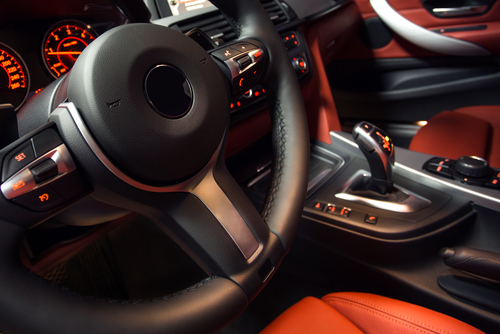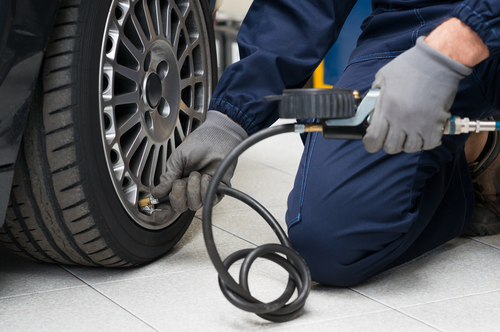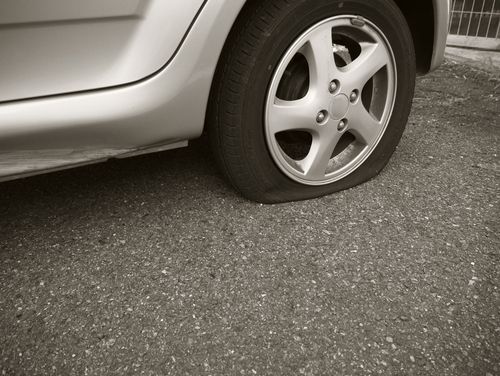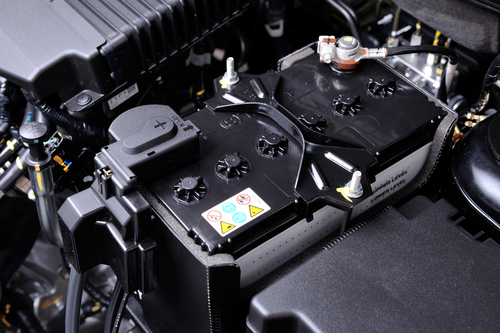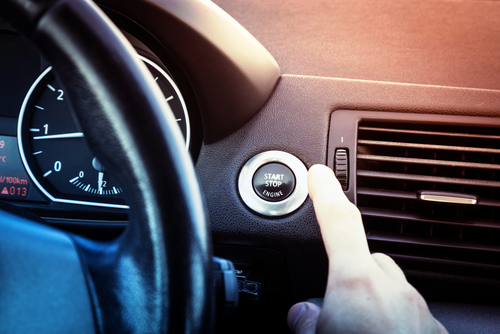Since its unveiling at the Frankfurt Motor Show in 1989, the 8 Series has been one of BMW’s most distinctive high-performance coupes. While it’s easy to get nostalgic about that sleek, early ‘90s look, this classic is no longer just a relic of the past!
The Original 8
Some may look at those pop-up headlights and chuckle, but the 8 Series was undeniably impressive for its time. With functional perks like its 0.29 drag coefficient and stability and traction control, not to mention electronic novelties including a hard-wired cell phone and a memory function for its adjustable steering column, it was every bit the “future car” it aspired to be. Powertrain options varied, but the 8 Series reached a peak in 1993 with the 6-speed manual 850CSi. Designed as a truly high-performance powerhouse, its 5.6-litre V12 with 381bhp could get you to 62 in under 6 seconds. Not too bad, considering that 4,354lb curb weight.
Room For Improvement
Despite being one of BMW’s key flagship vehicles during the ‘90s, the 8 Series eventually declined in popularity due to a number of technical and circumstantial snags. For one thing, its high price tag didn’t fare well among those hit by the early ‘90s recession. The rising popularity of SUVs over large coupes, a poorly reviewed driving experience, and the sheer difficulty of home repair and maintenance added up to a cease in American sales in ‘97 and in Europe in ‘99. By the end of the decade, the numbers for the 8 weren’t stellar, so a sequel never came.
The Next Generation
The potential for a modern overhaul of the 8 Series has been the subject of speculation and rumour for quite some time. In light of new information from BMW’s R&D centre in Munich, it looks like BMW is finally planning to unveil a new 8 Series concept vehicle by 2018, going into production in 2020. Many are expecting either a four-door hard-top coupe, a two-door with a cabriolet variant, or perhaps even both. In any case, an impressive and well-priced comeback for the 8 Series might serve as a formidable stake in the full-size luxury coupe market for BMW, competing with the Mercedes-Benz S-Class in ways that the 7 Series can’t.
Are you a fan of the full-size coupe? Whether it’s an 8 Series or not, you’ll need to keep it in the best condition possible. Give Motorwerkes a call today at (403) 768-3162 to find out what we can do for your BMW!

